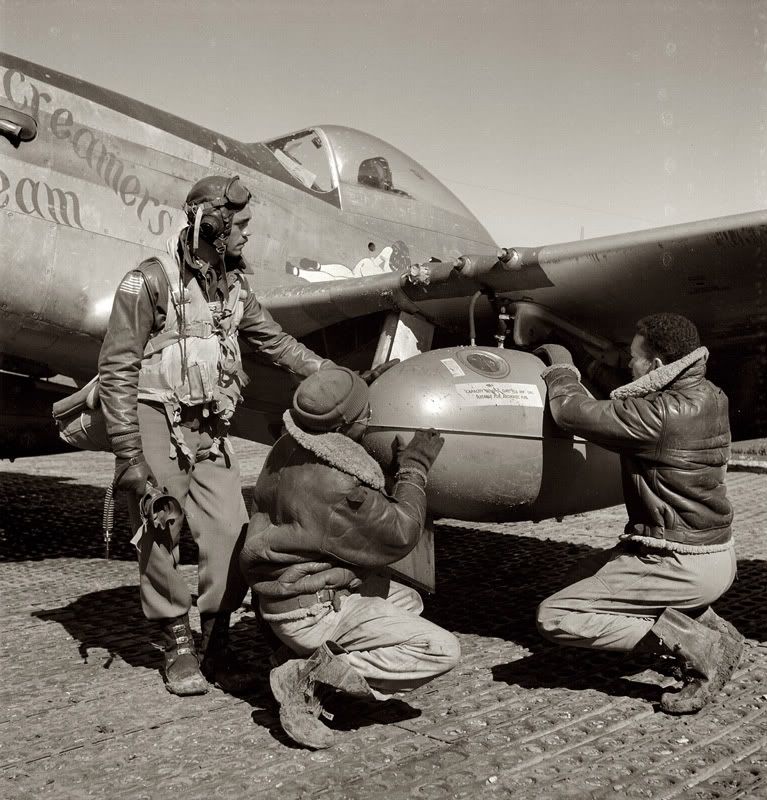-
When you click on links to various merchants on this site and make a purchase, this can result in this site earning a commission. Affiliate programs and affiliations include, but are not limited to, the eBay Partner Network.
You are using an out of date browser. It may not display this or other websites correctly.
You should upgrade or use an alternative browser.
You should upgrade or use an alternative browser.
Well worn B-10's
- Thread starter Grant
- Start date
deand said:And the A-1. That bakelite in the visor..., well,... I can't see doing that to my repro ...
Oh, they really were bakelite ... I was thinking that was something peculiar to MASH.
deand
Active Member
deeb7 said:deand said:And the A-1. That bakelite in the visor..., well,... I can't see doing that to my repro ...
Oh, they really were bakelite ... I was thinking that was something peculiar to MASH.
You raise an excellent point, David. I am basing my statement on the MASH site, which claims they were bakelite, and they show a photo of the insert, a rich brown thing that must be the bakelite material. I really have no other information on it. The repro I have has a visor insert that I imagine mimics bakelite, but is probably a modern plastic equivalent.
dean
deand
Active Member
I called it an "A-1"! Idiot! You know I meant B-1. If bakelite was the stuff, shaping must have involved heat, but would there really be the right amount of flexibilty even then? I agree with Dr. H and you, Dave, I've always thought bakelite was very brittle, adise from being antique.
dean
dean
deand
Active Member
Dr H said:Thermosets are my business - if Bakelite it would have been moulded with heat/pressure in one shot, rather than shaped as with a thermoplastic.
Thank you for that bit of info. Makes one really wonder if it was bakelite, and why they would use it, when there were easier materials to use.
dean
Members online
Total: 415 (members: 8, guests: 407)


